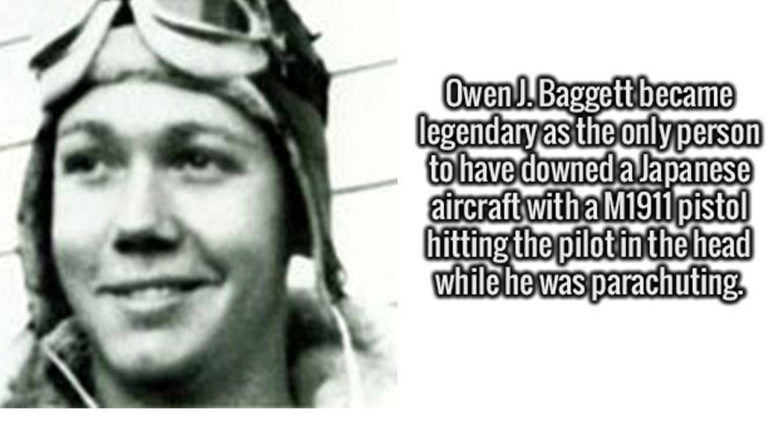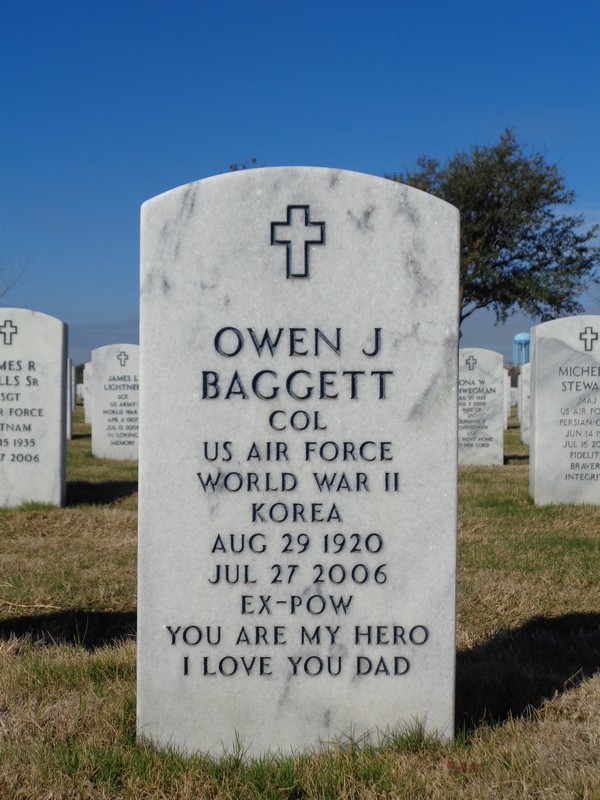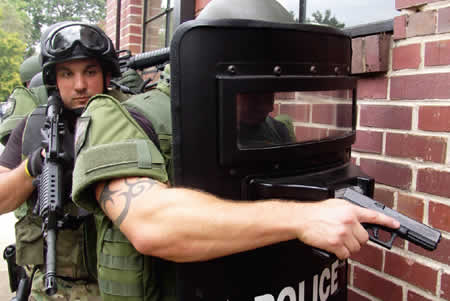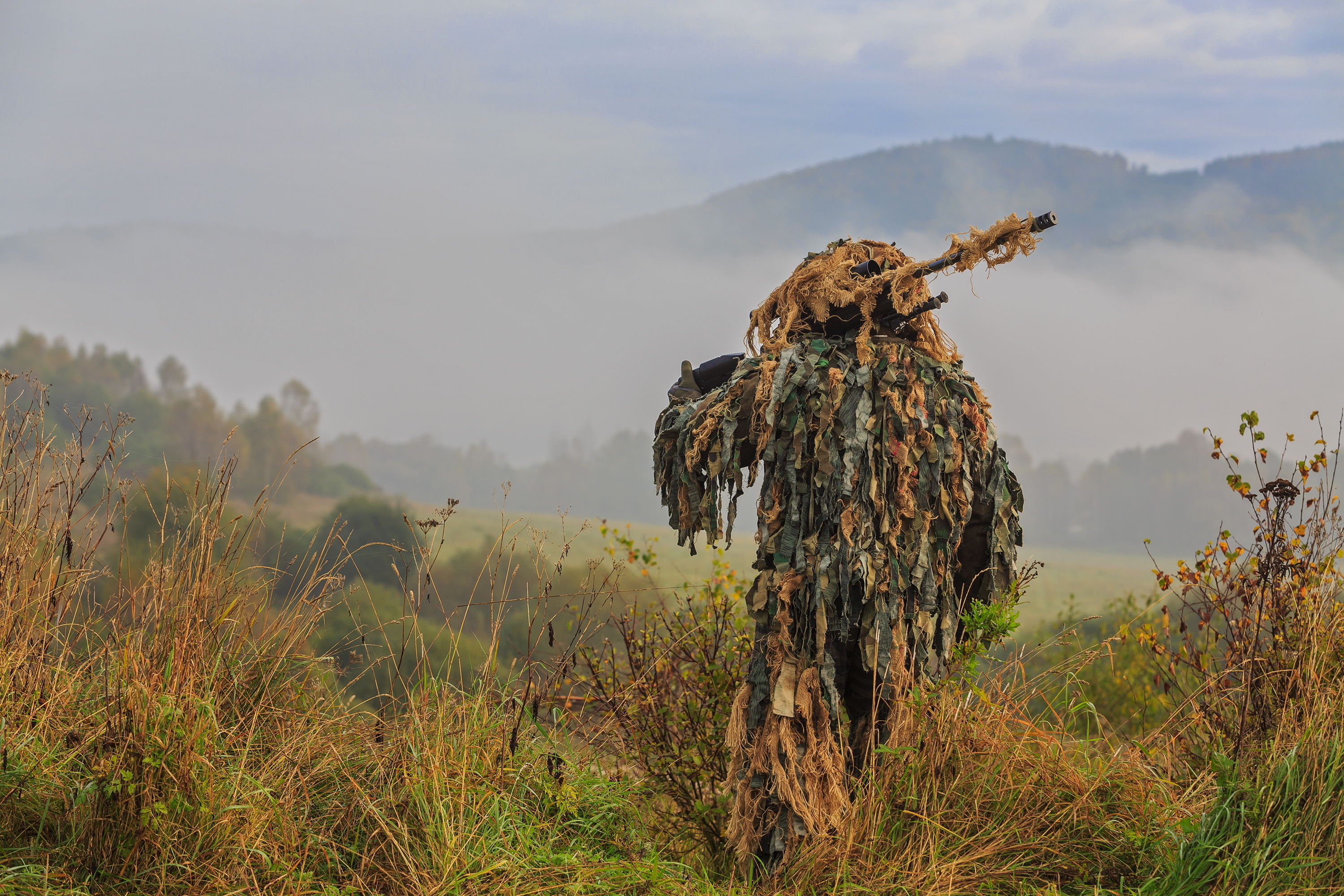
M1911 takes down an Enemy Plane
A War Story for the Ages.
During World War 2, the 7th BG’s 9th Bomb Squadron was dispatched to destroy a railroad bridge at Pyinmana, about halfway between Rangoon and Mandalay and near two active enemy fighter bases. The formation was led by Col. Conrad F. Necrason, 7th BG commander. The B-24 on his right wing was piloted by 1st Lt. Lloyd Jensen whose copilot was 2d Lt. Owen J. Baggett. On that mission, Baggett was to earn a distinction believed to be unique in Air Force history.
Before reaching Pyinmana, Burma, to destroy a bridge, the American B-24 bombers were intercepted by Japanese fighter pilots.
Baggett’s B-24 plane took heavy damage with fire taking place at the rear. When smoke and fumes consumed the whole aircraft, aircrew commander (Jensen) ordered the crew to bail out.
Bagget recalls barely jumping out and almost consumed by the smoke inside the aircraft. He remembers floating down with a good chute. He saw four more open canopies before the bomber exploded.
The Japanese planes immediately began strafing the surviving crewmen, apparently killing some of them and grazing Baggett’s arm. As the plane circle Bagget to come in to finish him off. Owen J Bagget did what you would only see from a James Bond movie.

Baggett pretended to be dead, hoping the Zero pilot would not fire again. Anyway, the pilot opened his canopy and approached within feet of Baggett’s chute, nose up and on the verge of a stall. Baggett, raised the .45 automatic concealed against his leg and fired four shots at the open cockpit. The Zero stalled and spun in.

It must take some sharp shooting and nerves of unbending steel to keep straight aim in the face of certain death, but seems he managed to shoot and kill the enemy fighter pilot with none other than a .45 caliber M1911 pistol. Whether a testament to sharp shooting under pressure or the efficacy of the gun, who knows.

Owen fell to the earth, wounded but alive, he and 2 other crewmen were captured as POW’s, later freed at the end of the war.
While in captive he met Col. Harry Melton, commander of the 311th Fighter Group who had been shot down, passed through the POW camp and told Baggett that a Japanese colonel said the pilot Owen Baggett had fired at had been thrown clear of his plane when it crashed and burned. He was found dead of a single bullet in his head. Colonel Melton intended to make an official report of the incident but lost his life when the ship on which he was being taken to Japan was sunk. Unfortunately, there were no official evidence to support Baggett’s account.
He lived to 85 years old, having reached the rank of Colonel and continued as a defense contractor, and died in 2006. His tombstone tells of his being a POW, a hero, and a father– But sadly, it doesn’t cover his badass airborne feat: being the only person to down a Japanese fighter plane with a pistol.

Whether it was true or not, its still a great story for our M1911 legacy.
by Sam Morstan
Source: Owen J Baggett Wikipedia, AFMag.com and Controversial Times




